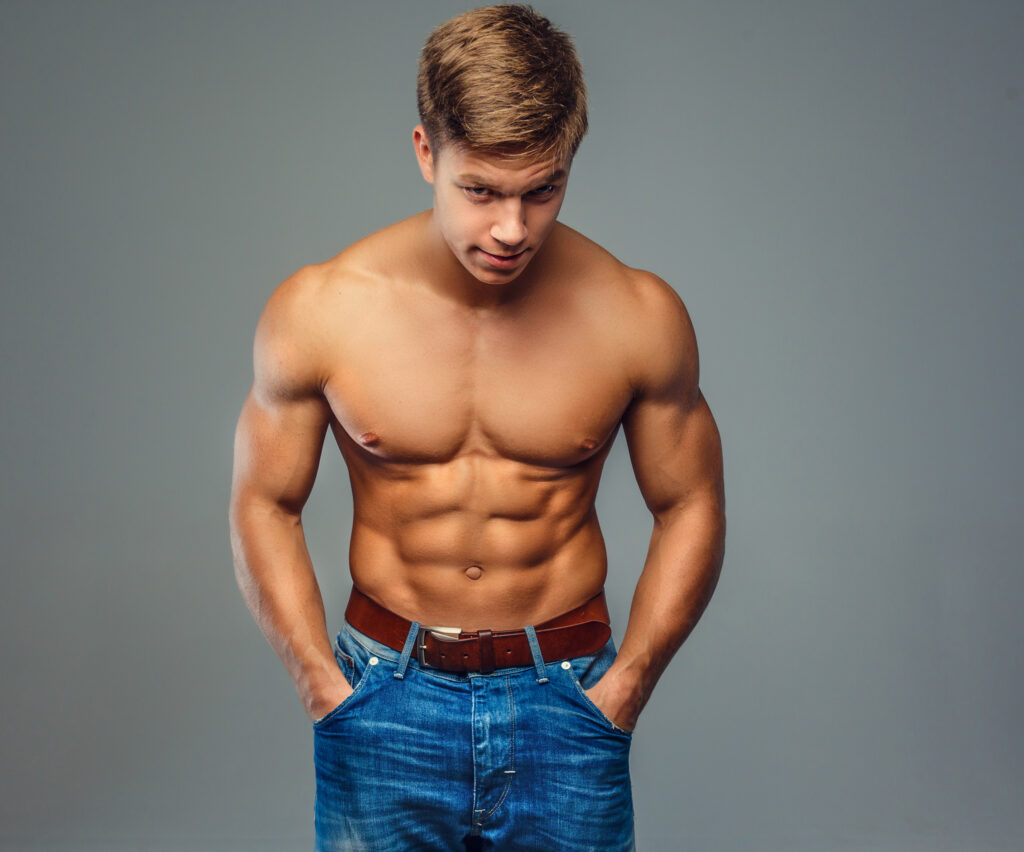Visible six pack abs have long been considered a hallmark of peak physical fitness. For many, achieving this look is a coveted fitness goal. However, it’s crucial to understand what it takes to get there and if it’s a realistic goal for you.
First and foremost, everyone has abdominal muscles, or “abs” for short. The reason they’re not always visible is because they’re hidden beneath a layer of fat. To see your six pack, you’d need to decrease this fat layer, which is primarily achieved through a combination of diet and exercise.
When it comes to diet, it’s about consuming fewer calories than you burn, so your body taps into stored fat for energy. A clean, balanced diet that’s rich in whole foods like vegetables, lean proteins, and whole grains will support this. Avoiding excessive amounts of processed foods, sugars, and unhealthy fats can help lower body fat percentage.
Exercise plays a dual role. Cardiovascular workouts, such as running or swimming, can help burn calories and reduce body fat. Meanwhile, strength training, including exercises targeting the core, will define and sculpt the abdominal muscles. Remember, it’s not just about doing countless crunches; a well-rounded fitness routine is key.
However, it’s also essential to note that genetics play a role. Some people naturally carry lower body fat percentages, making it easier for them to achieve visible abs. For others, the body might store fat in the abdominal area, making the goal more challenging.
Lastly, while achieving a six pack is an aesthetic goal for many, it doesn’t always equate to overall health. Some people can be very healthy without having a pronounced six pack. It’s essential to prioritize overall health and well-being over a specific look.
While achieving visible six pack abs is realistic for many, it requires dedication to both diet and exercise. However, individual differences, such as genetics, can influence the ease with which one attains this goal. Always remember that fitness is a journey, and it’s more about how you feel than how you look.

